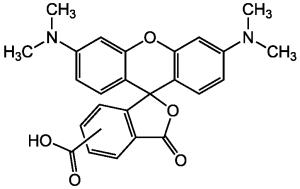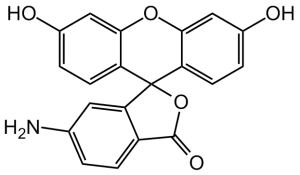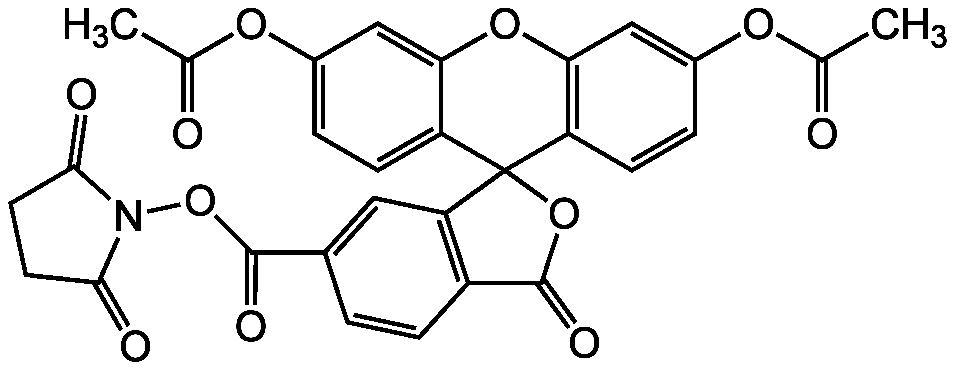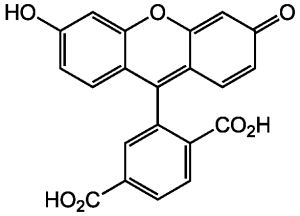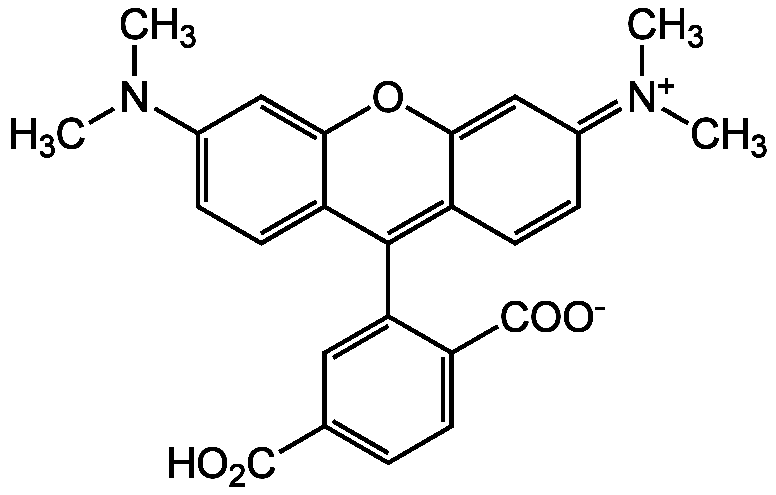AdipoGen Life Sciences

AdipoGen Life Sciences develops and manufactures new products for the Life Science Research Market in the key areas of cancer, immunology, inflammation, metabolic syndrome (diabetes, obesity), stem cell biology, and neurodegeneration. The product portfolio consists of antibodies, proteins, ELISA Kits and innovative small molecules. The chemical portfolio includes, rare antibiotics, unique natural products, synthetic kinase modulators, fluorescent probes and much more.
Company Website



